Do you know that about 84 per cent of shoppers add extra items to their shopping basket in-store to what they have initially thought of purchasing? Various studies into consumer’s insight have also shown that what people buy in a store can be greatly influenced through right merchandising.
Clearly, a well-done and thought-through store layout and display plan can go a long way in boosting a store’s sales.
When it comes to running a convenience store, crafting an appealing visual merchandising strategy is something that should not be ignored – whatever the size of the store is. And who said that convenience stores need to be dull places anyway?
It’s time to get rid of preconceived notions about what c-store “should” be like. Let’s explore what it “could" actually be.
Here are some of the common mistake retailers tend to make, correcting which can boost their sales in a long run:
Mistake 1: Making your customers guess
Never expect your customer to guess where a particular product is, as the chances of them undertaking a treasure hunt in your store are bleak. In fact, if they can’t find quickly, they likely won’t be buying it at all. Easy-to-read signage, clear displays and natural groupings are the three easiest ways to increase products’ visibility. Be simplistic, maybe a bit artistic, or group similar items together, but the purpose must be clear.

Also, keep in mind the colours that you use when creating your shop displays. You will notice that a lot of the premium branding ranges in supermarkets use black or deep purple since these dark colours have connotations of luxury while bright reds and yellows are used in stores to indicate a sale. Use these cleverly to inform your displays.
Mistake 2: Lagging behind on Covid norms
Hygiene has always been paramount but post Covid-19 it has taken a top spot in shoppers’ minds. Despite all Covid norms no longer being mandatory after July 19, a recent study spanning 5,000 adults by facilities management company Mitie shows that most Britons (73 per cent) still feel reluctant to visit shops where there are no “visible” Covid-19 measures in place.
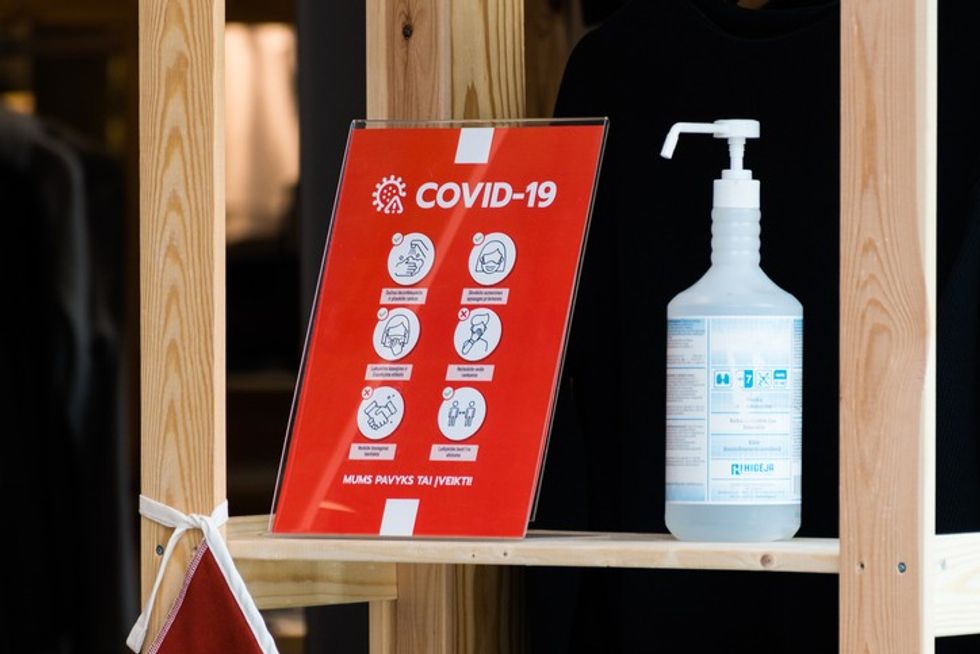
Clearly, one of the best things you can do currently to drive traffic and sales is to instill confidence in your customers that your store is a safe zone.
Survey your store from a customer’s point of view and make sure everything is not only spick and span but also sanitised. Keeping a sanitiser handy, and displaying advisory notices on Covid measures you’ve taken may go a long way in winning shoppers’ confidence that you still take community health and virus concerns seriously. This means more footfall and more sales.
Mistake 3: Not utilising strategic places
Making the area directly opposite the entrance a “dwell zone” by lacing bargain offers, ready-to-eat snacks or fresh vegetables and fruits is one recent global trend.
Whether customers are in a hurry to pick up newspapers and cigarettes or embarking on the full weekly shopping trip, these items will catch the eye and provide a quick impulse reaction.
Placing fresh fruits and vegetables in this dwell zone is a great idea to promote their sales, as experts claim that there is an element of guilt in shoppers if they ignore the nutritious food items and go straight to a different section. And in a way, you will end up influencing their food habits for good!
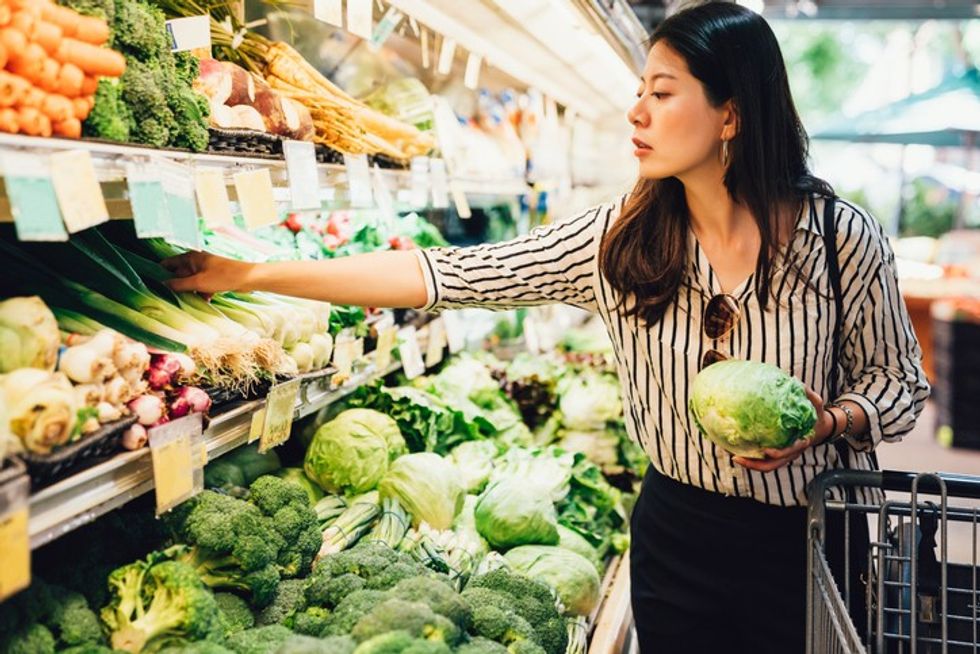
A recent study by researchers at University of Southampton, published in the online journal Plos Medicine, states that removing snacks from near store checkouts and placing fruits and vegetables by the entrance of Iceland branches (which were a part of the study) led to 1,500 fewer items of confectionery and 10,000 extra pieces of fruit and vegetables being bought per week.
Retailers can also consider creating a “power wall” to the right of the store entrance where they can display the most appealing products, since merchandising experts claim that customers have a tendency to turn right upon entering a store.
If possible, milk and other essentials should be placed at the back of the store. This compels shoppers to walk along the entire length of shelves and past all the merchandise. When done right, such a trick, along with correct product displays and signage, are sure to catch customers’ attention so they end up buying a thing or two in addition to the ones they had planned on.
Mistake 4: Not using clever placement tricks
It’s crazy but supermarkets globally put a lot of time and effort into the laying out of their space – all with one sole goal of maximising sales per customer.
Stacking more higher-margin products at eye level, which is between the height of a customer’s head and hands, will prove beneficial, while the age-old trick placing sweets and sugary cereals where children can see them still holds good when it comes to boosting impulse purchases.

A nationwide survey shows that 83 per cent of parents have been pestered by their children to purchase junk food at supermarket tills and 75 per cent have given in and bought what they wanted.
After all, eye-level is buy-level!
Mistake 5: Not highlighting store’s health quotient:
Shoppers have been inclining towards healthy products for quite a while now and the pandemic has just pushed the tilt further. Healthy organic products can no longer be stuffed away in a corner but need to be in the limelight.
Various studies have shown that consumers rank fresh produce and choice of healthy options more highly than competitive pricing or product variety when shopping at a grocery store. And chances are good that if the healthier and natural options are not visible, a shopper might consider leaving a store thinking they are not stocked. Positioning these types of products front and center in the store will maximize the number of consumers looking at them and hopefully purchasing as well.
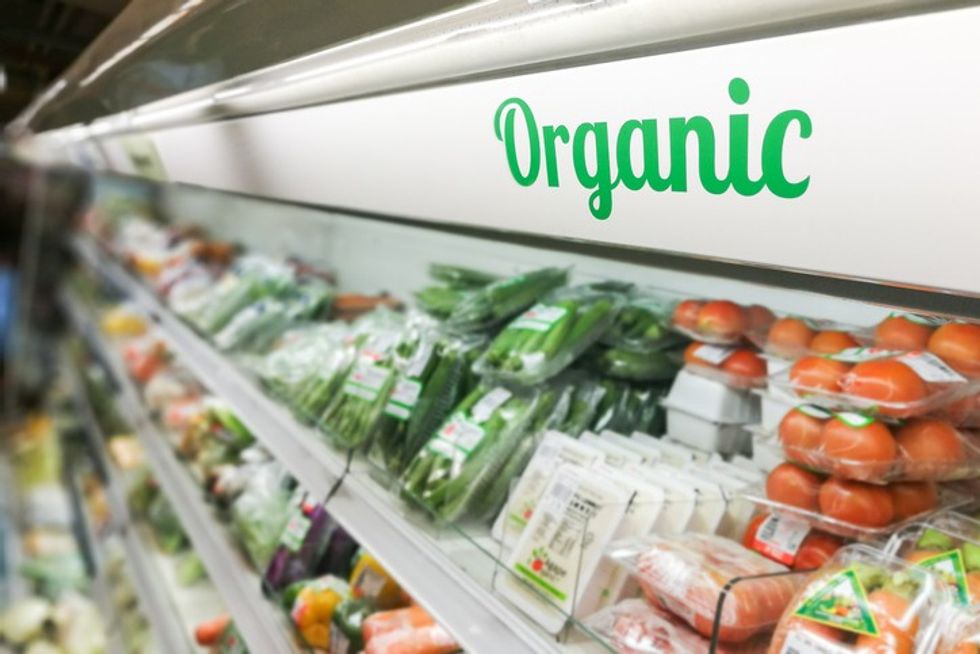
Retailers can also set up displays throughout the store highlighting healthy food offerings, even in aisles that might not display them, along with related products – like placing organic ketchup and hot dog buns next to ordinary ones. That way, customers will know that the store provides healthier options as well.
Mistake 6: Making the checkout zone a dull area
Once a customer steps into the checkout zone, they are not done with shopping but instead are still going through their shopping list mentally to make sure they are not missing anything obvious. You can be their hero here by creating a display of new, popular items on the wall behind the checkout or around it.
Point-of-sale displays should be bold and bright – your goal is to entice your customers. Consider also including imagery that shows the product’s usage so shoppers can’t resist picking it up when their guard is down at the end of their shopping trip.
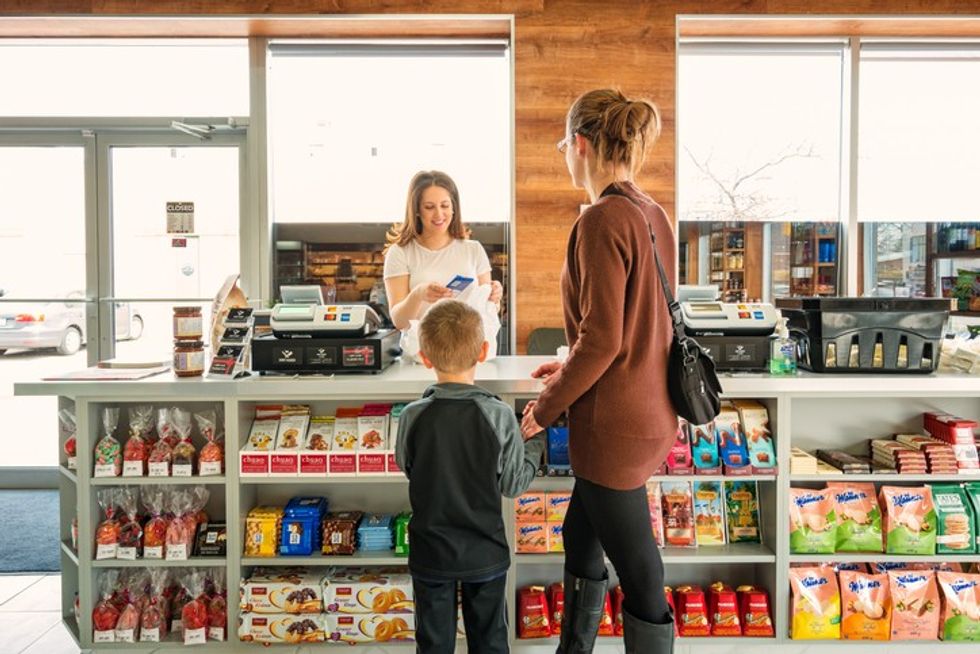
Also, make sure not to overwhelm them with choices here. Rather, try to understand your clientele’s most-bought items and club them with new launches to promote impulse purchases. Keep your impulse products comparatively lower in price, if possible, so that customers don’t need to think too much about the decision. Make sure your selection and pricing reflect your target group and complement your general store assortment.
Mistake 7: Not cross-merchandising enough
Cross-merchandising is a strategy aimed at increasing sales by improving the customer experience and incentivizing impulse buys and multiple-item purchases.
For example, it was reported recently that Tesco found many of the people purchasing nappies were men (on their way home from work after a phone call request from the wife). To make most of this piece of info, Tesco cross-merchandised nappies with beer and bar snacks – something which, interestingly, boosted their sales of these products.
Cross-merchandising works in various ways as it reminds customers of a need, saves their time, sparks the idea of buying a particular product and often helps in introducing new products.

A storeowner can display packets of cookie dough along with milk, bottles of wine with gourmet cheeses, or waffle cones with ice cream, as each of these items complements the other and even though they are in different product categories, they are often purchased and used together.
Cross-merchandising can also work well when you want to highlight a product that doesn’t move well by placing it with one of your bestsellers.
Mistake 8: Not engaging all the senses
While store-owners do a lot for visual merchandising, smell and sound often get overlooked. Flowers and bakery produce can be placed at the front of the shop to show off bright, healthy produce. This makes customers more likely to have a pleasant experience as they are met by a verdant cornucopia of food.
Light music is also something which calms down a rushed shopper, helping them spend more time in the store. The right music (but not derided “muzak”) has the potential to put shoppers in a calm mood, (re)define the store’s image and attract new customers, thereby, increasing sales opportunities and revenue.
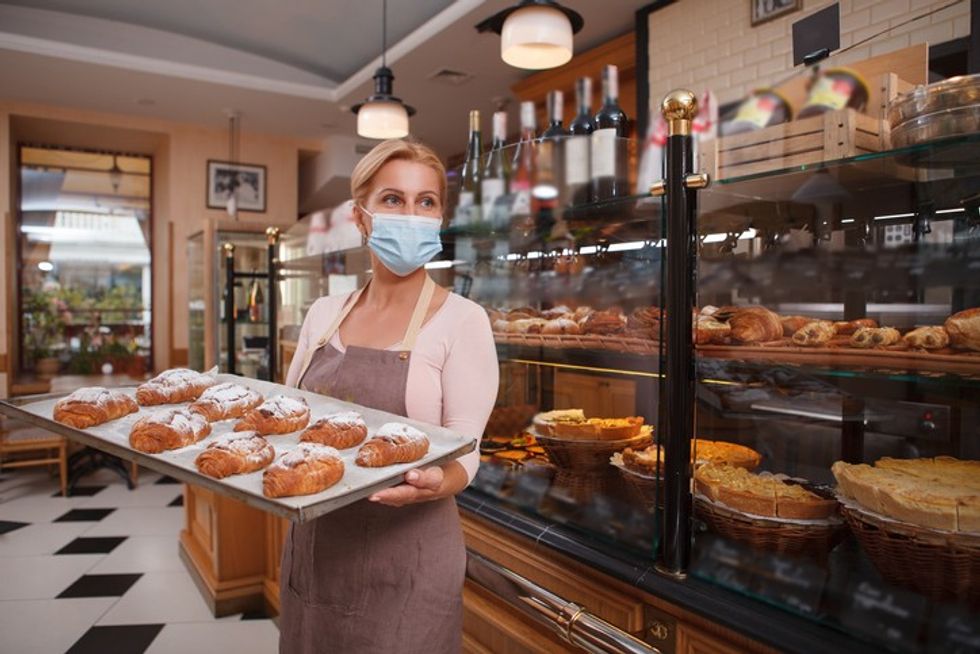
Studies show that the speed, rhythm and volume of in-store music affects the pace of customer flow. When calm music is playing at a low volume, people tend to wander around the aisles slowly, spending more time in the store. On the other hand, when energetic, loud songs are playing, people tend to accelerate their pace through the store – something supermarkets use at closing time to speedily clear the aisles.
Conclusion
Convenience is partly about having store locations that are easy to get to, but that’s just one of the many aspects of shopper psychology implicit in the merchandising craft. While convenience in itself does not have a water-tight definition, industry studies provide some insight into how consumers define convenience. In one of such focus-group study, respondents cited one-stop shopping, well laid-out and clearly-marked wider aisles, consistent in-stocks, clearly presented pricing, easy return policies and sufficient staffing as benchmarks of convenience.






